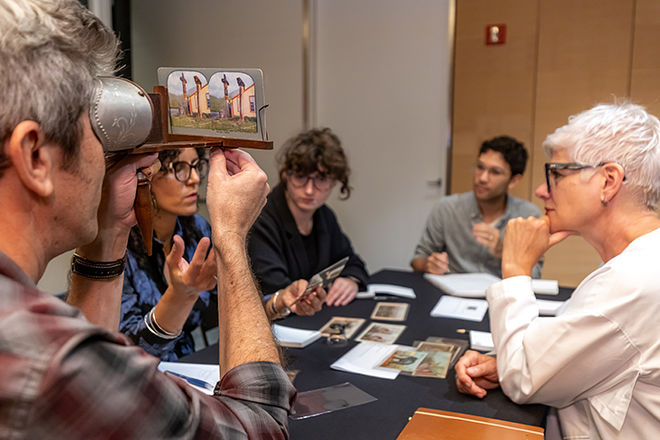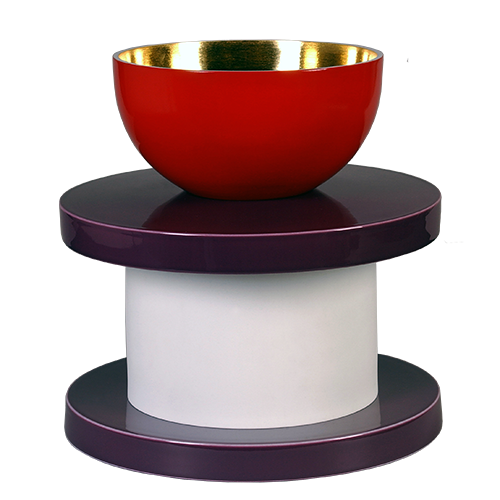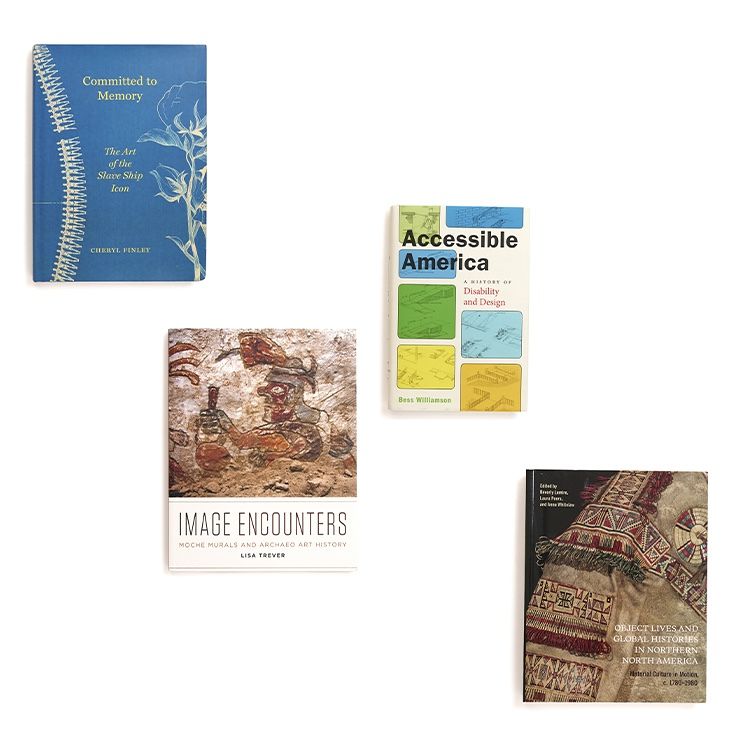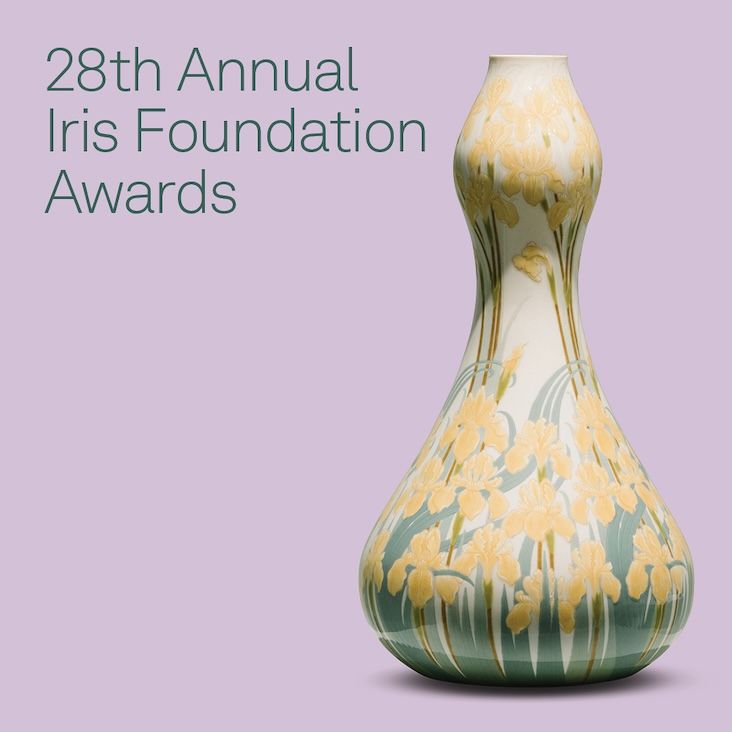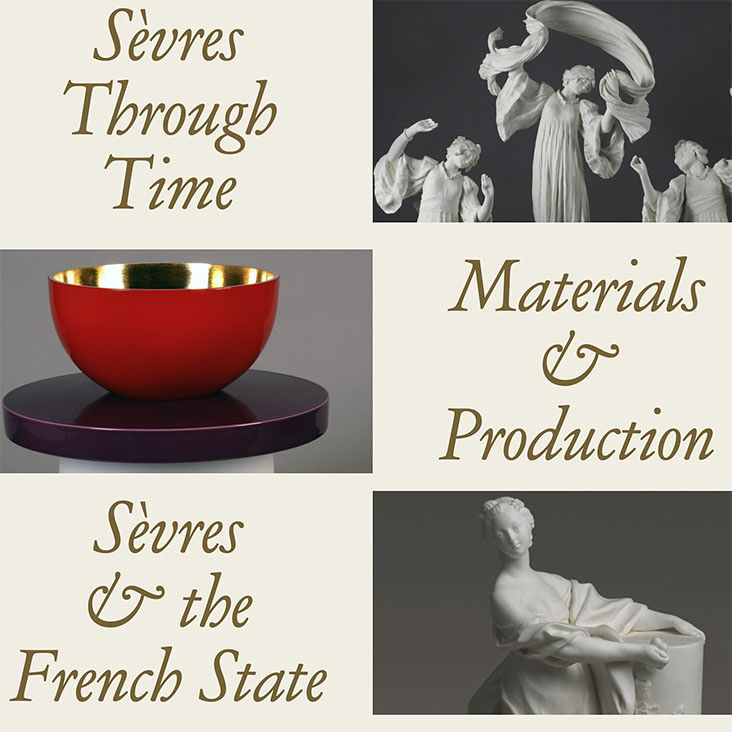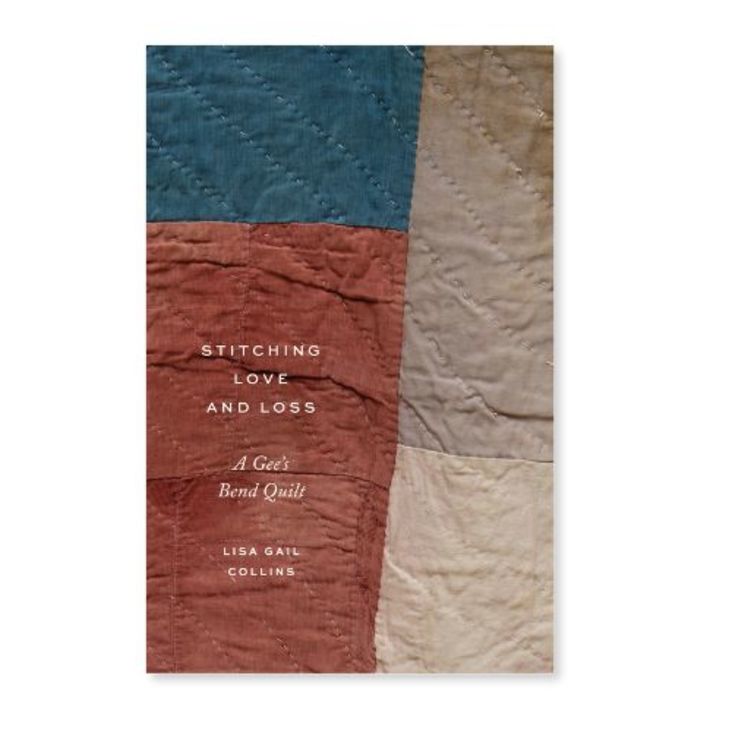From the Exhibition:
Circus and the City: New York, 1793-2010
Through a wide variety of ephemera, images, and artifacts, Circus and the City: New York, 1793-2010 documents the history of the circus in the city, from the seminal equestrian displays of the late eighteenth century through the iconic late nineteenth-century American railroad circus to the Big Apple Circus of today.
Friede DeMarlo (1890–1980) was a versatile German-born circus performer who toured around the world with her husband, Harry DeMarlo (1882–1971), from 1910 through the 1930s. Harry was a contortionist, or “bender” in circus parlance, and the two first met in Copenhagen, where Friede (née Gobsch) was performing with a dance troupe. They were soon married, and Harry, an American raised in the circus business, began teaching Friede contortion skills, a difficult task on account of her age. Harry started practicing the art when he was just six years old, and getting limber enough to perform as a contortionist only becomes more difficult as one ages. But Friede’s perseverance paid off, and in 1912 they introduced a sensational contortion act called the “Frog’s Paradise,” based on a late nineteenth-century tradition in which contortionists performed dressed up like frogs. More than a few of the earlier performers in this fashion were African-American, which suggests that the costume offered a way to circumvent the color line that prevailed in popular entertainment at the time.
Before meeting Friede, Harry, billed as the “American Wonder,” was known for an aerial contortion routine in which he executed an assortment of bends on a trapeze. Their new “Frog’s Paradise” act began with Friede, wearing a frog costume, dancing and bending around a small swamp set before being joined by Harry, who went through his usual contortions. Friede eventually morphed into a nymph, and the novel elegance of the overall act made it a hit with audiences all over the world. The couple went on to a long and varied career in the circus and vaudeville before retiring to Glen Falls, New York, in 1941.
Throughout the nineteenth century, circus performers were responsible for their own wardrobe, which they either made themselves or hired a seamstress or costume house to fabricate for them. It was not until the early twentieth century that larger shows maintained wardrobe departments, although these were typically devoted to making costumes for the elaborate circus spectacles that became popular around the turn of the century and for show staff (ushers, bandsmen, etc.) and animals rather than individual performers. Because of the mercenary nature of show business and the real need for costumes that fit perfectly so as not to disrupt often dangerous routines, performers usually manufactured and maintained their own wardrobes. Indeed, the frog costume used by Friede has all the hallmarks of being homemade, consisting as it does of a patchwork of different fabrics, spangles, and sequins that reveal considerable wear and repairs from extended use. The head is a surprisingly durable construction of painted papier mâché on a wire frame. The costume was part of a wonderful and varied collection of materials that includes scrapbooks, wardrobe, and performing apparatus, as well as a draft of Friede’s autobiography, which were acquired by New York State Museum curator John Scherer at an estate auction after her death.
The history of wardrobe is a fascinating and generally overlooked aspect of circus history. This is in large part because there are so few extant examples prior to the 1930s, although a judicious survey of images in circus advertising, memoirs, and tertiary sources might yield a compelling story. Although it was made in the twentieth century, Friede DeMarlo’s frog costume offers a glimpse of an earlier time when performers were responsible for creating and maintaining their own wardrobe.
